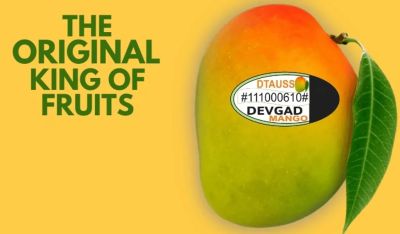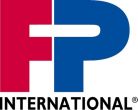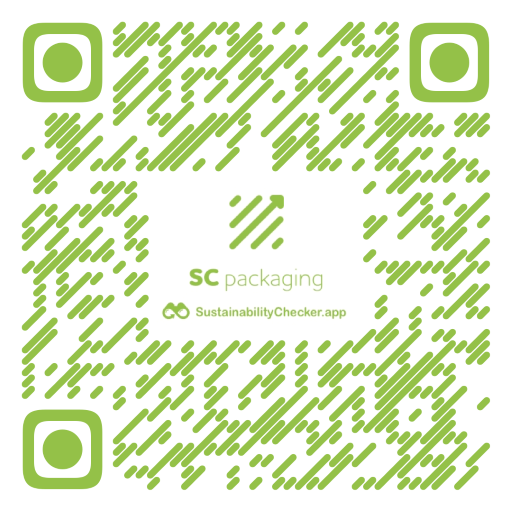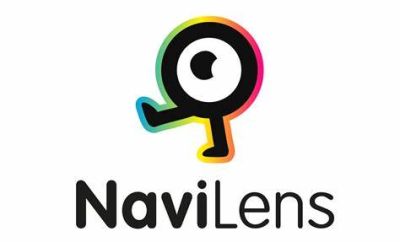Tamper evident seal contains authentication code verified via WhatsApp | 21-08-2024 |

Sun Solution an India based technology provider, has pioneered a distinctive approach to product authentication with its newly patented Split & Hide Solution. This involves dividing the unique identification code into two parts. One part of the ID is visible, while the remaining segment is concealed under a tamper-evident seal.
To access the complete unique ID, the seal must be split, broken, or torn, ensuring that the entire ID is revealed only when the integrity of the security feature is compromised. This method enhances both the visibility and security of the unique ID, providing robust protection against counterfeiting, says the company.
One of the strengths of the solution is its versatility, says the company, as the coding feature can be incorporated into almost any seal style. The very simple but rather unique design is completely customizable to fit the size and shape requirements of flat product surfaces, bottle necks, individual fruits, pouches and other packaging styles.
While many anti-counterfeit technology providers focus on methods such as QR codes, barcodes, 3D holograms, RFID, invisible ink, and UV markings, they share a common approach: hiding or encrypting the data (unique ID code) embedded in the security feature to prevent cloning and ensure it is not easily readable by the human eye. The Slide & Hide feature takes a different approach
Consumers with smartphone sends image of the product with the tamper-proof seal along with 2 hidden digits via WhatsApp to an UCAC number. The UCAC software analyzes the photograph and verifies the code with database. If the code is genuine, the consumer receives an authentication message. This confirms the product is genuine before the actual physical cap/seal is opened. If the code is not genuine, the consumer is alerted with a warning message.
As the WhatsApp API is used as a tool for authentication, the participation of consumers is at a very high level, as there is no need to download an mobile App for the process the company claims. Also as each manufacturer tends to have their own App using this system greatly reduces the need to download multiple apps for multiple products.
In addition, using WhatsApp as the tool for authentication, means it is possible for real time two way communication with the consumer. So in the case of counterfeit product being detected, an automated system sends a request message to the consumer to share the name and location of the retail store in real time. This helps to speed up necessary action to stop the sale of the fake products.
The system also provides evidence, such as images of the counterfeits to further speed the process.
AIPIA and AWA Smart Packaging World Congress Amsterdam






























